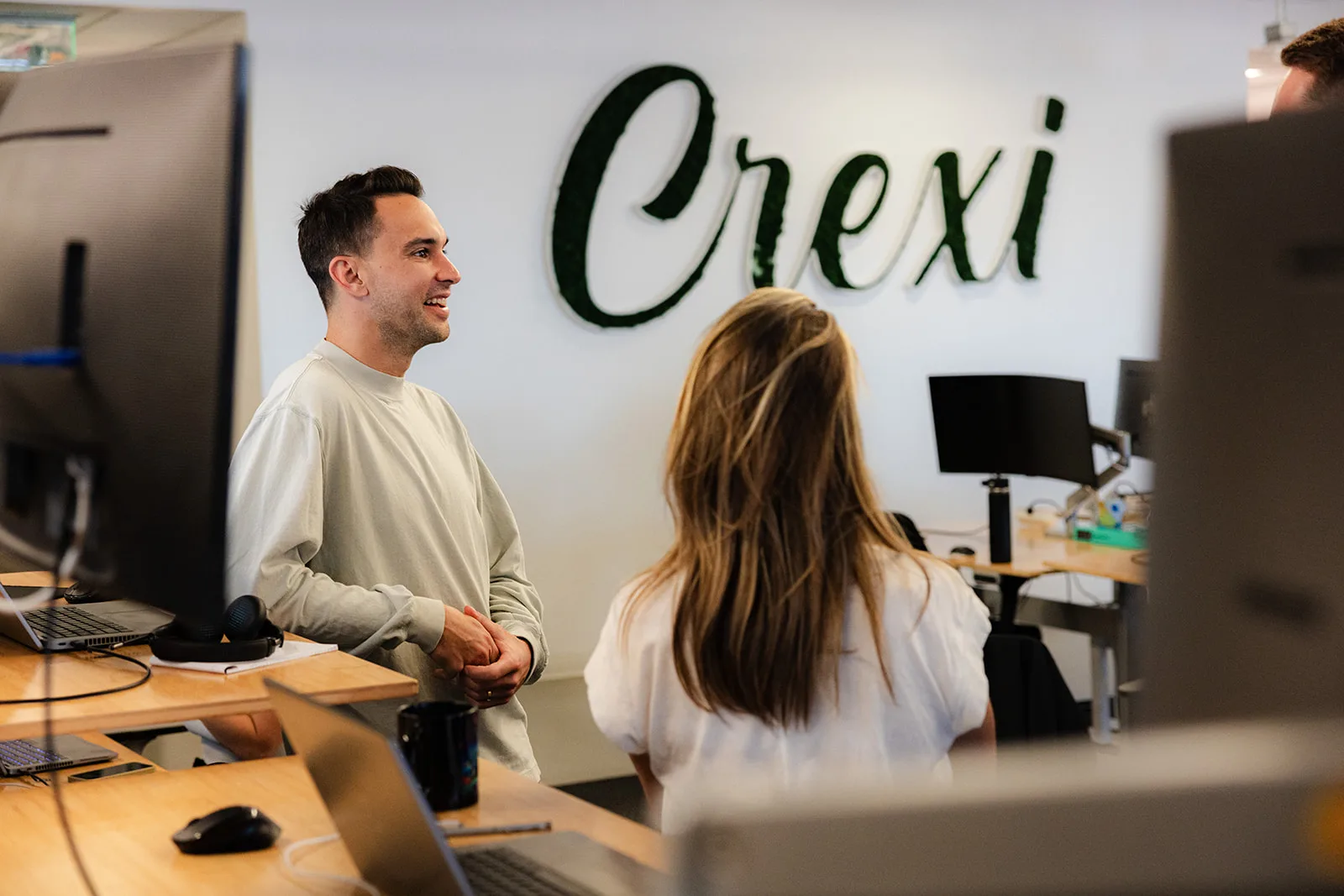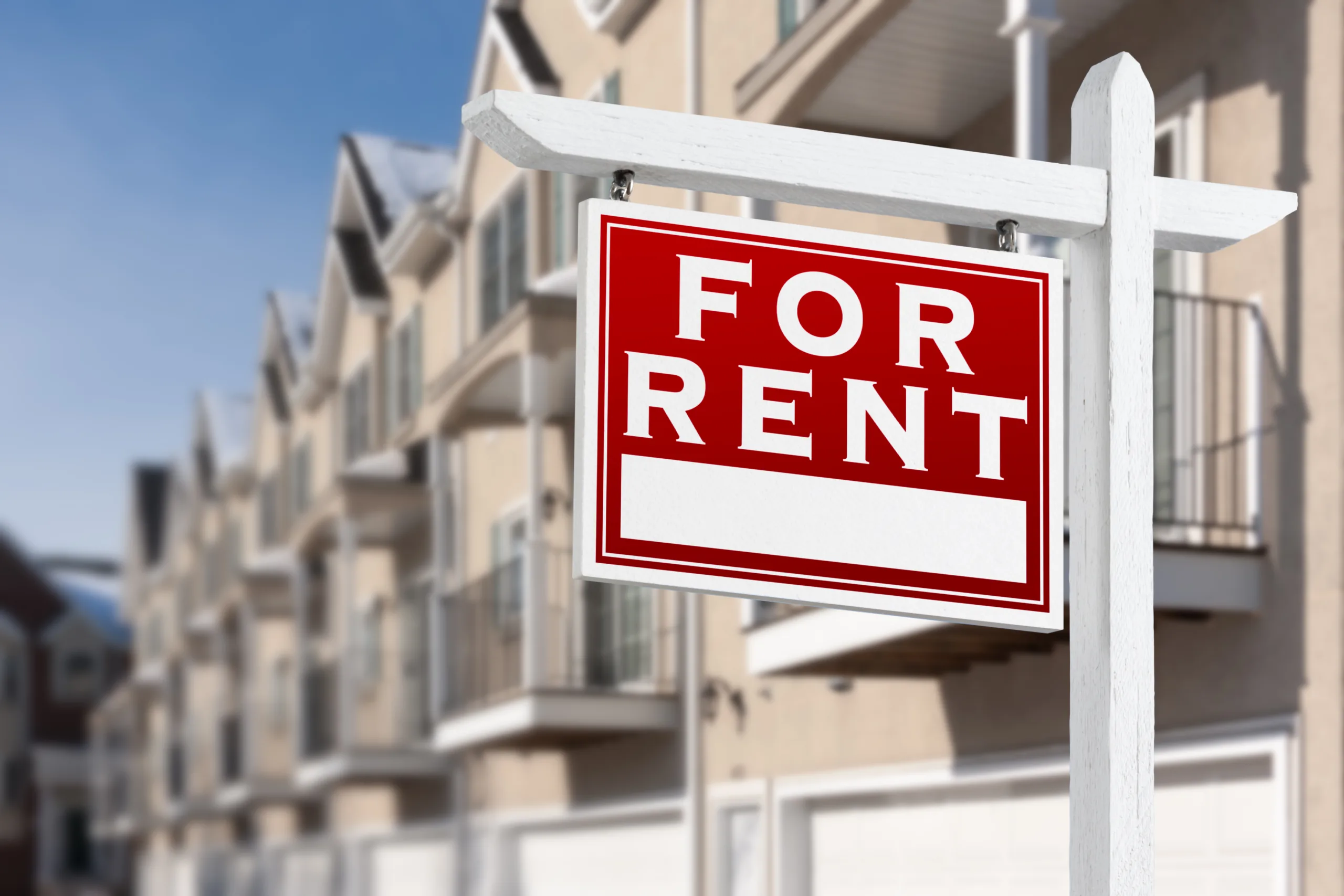- Office demand rose 4.6% year-over-year at the end of Q1 2025, according to the VTS Office Demand Index (VODI).
- Tech hubs including San Francisco, Seattle, and Boston led the rebound, with San Francisco seeing a 32% year-over-year demand increase.
- New York City and Los Angeles, early leaders in the recovery, saw rare declines in office demand as other markets gained momentum.
After two months of weak activity, a strong rebound in March helped reverse early 2025’s slowdown in office demand, particularly in tech hubs, per Globe St.
New data from the VTS Office Demand Index (VODI) shows a 4.6% year-over-year increase by the end of Q1, signaling renewed momentum in the sector.
A Changing Landscape
February’s decline — the first year-over-year dip in 20 months — had raised concerns about office market stability, driven by global economic uncertainty, hiring slowdowns, and shifting policy environments. Yet the rebound in March suggests resilience, particularly among tech-driven metros.
Office demand nationally now sits at about two-thirds of its pre-pandemic level, VTS reported, even as hiring rates have cooled from 4.5% in early 2022 to 3.4% at the start of 2025.
Get Smarter about what matters in CRE
Stay ahead of trends in commercial real estate with CRE Daily – the free newsletter delivering everything you need to start your day in just 5-minutes
The Details
While New York City and Los Angeles — both early leaders in the office recovery — posted rare year-over-year declines (4.7% and 13%, respectively), tech hubs staged a comeback:
- San Francisco: Office demand up 32% year-over-year.
- Seattle: VODI rose 19% year-over-year.
- Boston: Demand grew 68% quarter-over-quarter and 22% year-over-year.
Nick Romito, CEO of VTS, pointed out that a softer labor market is empowering employers to enforce return-to-office mandates, helping to drive office demand.
Tech Hubs Step Up
According to Ryan Masiello, chief strategy officer at VTS, cities like San Francisco and Seattle initially lagged because of less cultural pressure to return to offices. However, a tougher labor market is shifting dynamics, with fewer job options giving employers more leverage to require in-office attendance.
Why It Matters
The recovery in tech-heavy markets indicates that the office sector’s future growth may rely more on employer leverage and labor market conditions than on traditional cultural pressures alone.
What’s Next
With employer influence growing and tech hubs regaining momentum, expect continued uneven but progressive office market recovery throughout 2025.

















